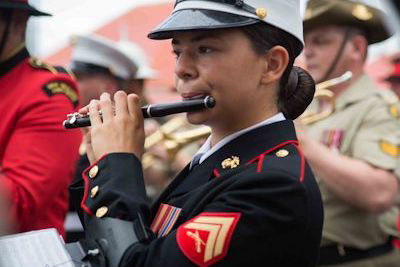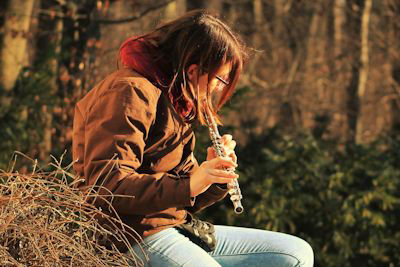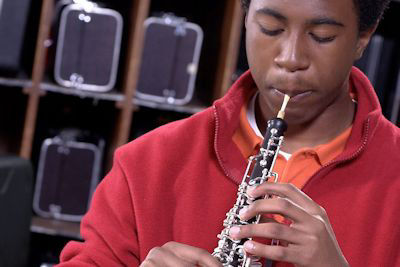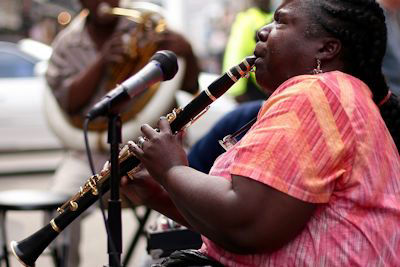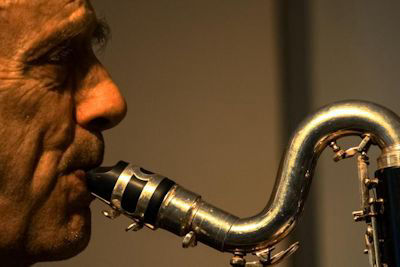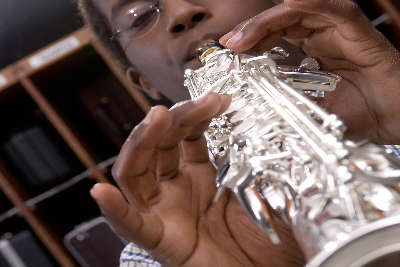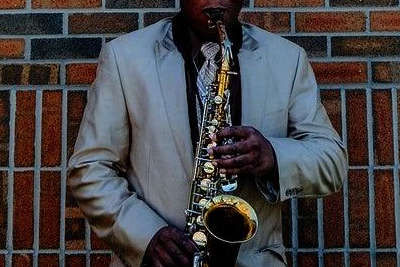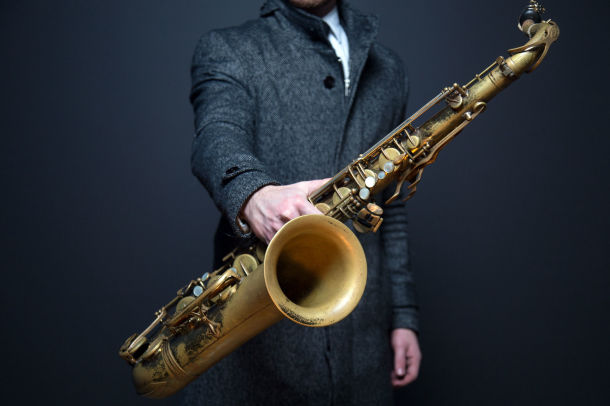The woodwind family can be broken down into five sub-categories: flutes, single-reeds, double-reeds, capped-reeds, and free-reed aerophones.
Flutes
Piccolo, flute, alto flute, bass flute, recorder, flutophone, panpipes, and ocarina. Fun fact: organ pipes are types of flutes, but we categorize organs in their own, special category because they are way too cool for school. When you consider that entire buildings are often designed and built around the pipe organs they house, it's fitting that these unique treasures get their own space, uh-hum, litteraly.
Single-Reeds
Piccolo clarinet, soprinino clarinet, soprano clarinet, alto clarinet, bass clarinet, basset-clarinet, basset-horn, contraalto clarinet, contrabass clarinet, sopranissimo saxophone, sopranino saxophone, soprano saxophone, alto saxophone, tenor saxophone, baritone saxopone, bass saxophone, and contrabass saxophone. Clainets can be further broken down by how they are keyed. For example, soprano clarinets can be found in A, B-flat or C, with B-flat (Bb) soprano clarinets being by far the most widely known and played version.
Double-Reeds
Oboe, English horn (cor anglais), and bassoon. Fun fact: The lesser-known heckelphone is also a double-reed instrument but only around 150 were ever made, with only around 100 still in existance.
Capped-Reeds
Bagpipes, cornamuse, and crumhorn. Capped reed instruments contain reeds that never come into contact with the player's lips. The player blows into a mouthpiece or "cap" that directs the air to the reeds.
Free-Reed Aerophones
Harmonica, accordion, concertina, and melodica. Free-reed aerophones contain small, tuned reeds set in a row arranged by pitch which are activated when air flows across them. The air can come from bellows (accordion) or from the player's mouth (harmonica).
